Home>Ideas and Tips>Creating A Home Gym That Fits Your Lifestyle
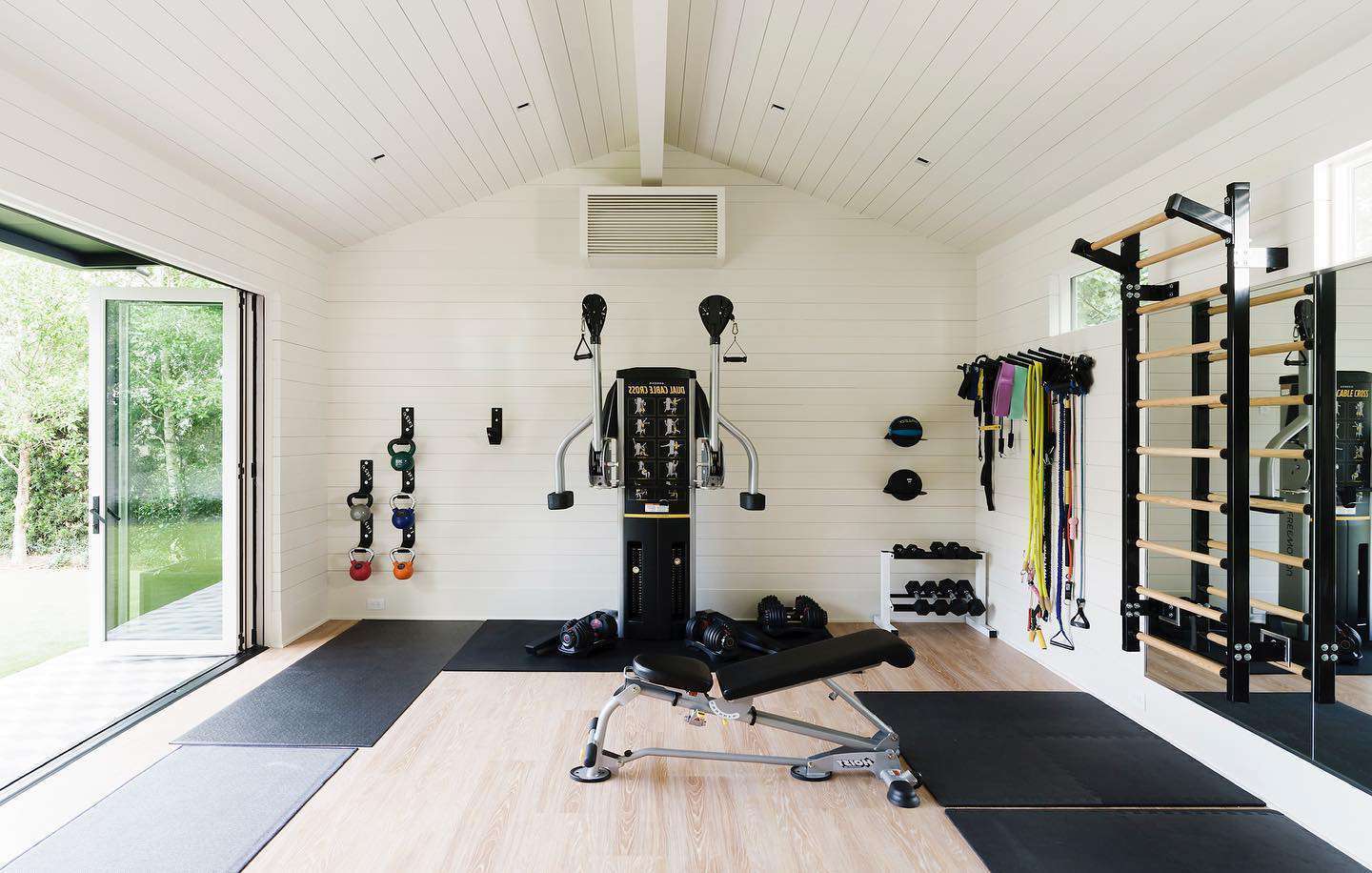

Ideas and Tips
Creating A Home Gym That Fits Your Lifestyle
Published: November 1, 2024
Create a home gym tailored to your fitness goals and space. Discover tips on equipment, layout, and routines for a healthier lifestyle.
(Many of the links in this article redirect to a specific reviewed product. Your purchase of these products through affiliate links helps to generate commission for Storables.com, at no extra cost. Learn more)
In today's fast-paced world, maintaining a healthy lifestyle can be challenging. One of the most effective ways to stay fit and active is by creating a home gym that fits your lifestyle. A home gym allows you to work out at your convenience, saving time and money compared to traditional gym memberships. However, setting up an effective home gym requires careful planning and consideration of several factors. In this article, we will guide you through the process of creating a home gym that suits your needs and preferences.
Understanding Your Fitness Goals
Before you start setting up your home gym, it is essential to understand your fitness goals. What do you want to achieve with your workouts? Are you looking to lose weight, build muscle, improve cardiovascular health, or enhance flexibility? Knowing your goals will help you determine the type of equipment and exercises you need.
Types of Workouts
- Weightlifting: If you're aiming to build muscle or increase strength, you'll need a variety of weights and resistance bands. This includes dumbbells, barbells, kettlebells, and resistance bands.
- Cardiovascular Exercises: For improving cardiovascular health and burning calories, you'll need equipment like treadmills, stationary bikes, or rowing machines.
- Flexibility and Stretching: Incorporating exercises that improve flexibility is crucial for overall health. You can use yoga mats, resistance bands, or even just bodyweight exercises.
- Functional Training: Functional training involves exercises that mimic daily activities to improve coordination and balance. This can include items like balance boards or medicine balls.
Assessing Your Space
The next step is to assess the space you have available for your home gym. Consider the following factors:
- Size: How much space do you have? A small room or even a corner of a larger room can be sufficient if you choose the right equipment.
- Layout: Think about how you want to layout your space. You might want to create different zones for different types of workouts.
- Natural Light: If possible, position your home gym near a window to maximize natural light and create a more inviting environment.
- Noise Level: If you live in an apartment or shared living space, consider noise levels when choosing equipment.
Space-Saving Solutions
If you're working with limited space, there are several space-saving solutions you can consider:
- Foldable Equipment: Invest in foldable equipment like foldable treadmills or adjustable dumbbells that can be easily stored when not in use.
- Wall-Mounted Racks: Use wall-mounted racks for storing weights and other equipment to keep your floor clear.
- Compact Machines: Look for compact machines like mini-stair climbers or compact elliptical machines that take up less space.
Choosing the Right Equipment
Selecting the right equipment is crucial for an effective home gym. Here are some essential pieces of equipment you might consider:
Resistance Training Equipment
- Dumbbells: Dumbbells are versatile and can be used for a variety of exercises targeting different muscle groups.
- Resistance Bands: Resistance bands are lightweight, portable, and inexpensive, making them an excellent addition to any home gym.
- Kettlebells: Kettlebells offer a full-body workout and are particularly effective for building strength and endurance.
Cardiovascular Equipment
- Treadmill: A treadmill is one of the most popular pieces of cardio equipment because it allows you to walk, jog, or run at your own pace.
- Stationary Bike: Stationary bikes are another excellent option for cardiovascular workouts and can be adjusted to suit different fitness levels.
- Rowing Machine: Rowing machines provide an excellent full-body workout and are low-impact on joints.
Functional Training Equipment
- Medicine Balls: Medicine balls are used for dynamic movements that improve coordination and strength.
- Balance Boards: Balance boards help improve balance and stability by challenging your core muscles.
- Jump Ropes: Jump ropes are an excellent cardio tool that can be used anywhere with minimal space.
Setting Up Your Home Gym
Once you've chosen your equipment, it's time to set up your home gym. Here are some tips to help you create an organized and functional space:
Zone Creation
- Cardio Zone: Designate an area specifically for cardiovascular exercises like treadmills or stationary bikes.
- Strength Training Zone: Create another zone for strength training using dumbbells, kettlebells, or resistance bands.
- Functional Training Zone: Allocate space for functional training equipment like medicine balls or balance boards.
Storage Solutions
- Shelves: Install shelves or cabinets to store weights, resistance bands, and other equipment when not in use.
- Hooks: Use hooks on walls or on the back of doors to hang items like jump ropes or yoga mats.
- Drawers: Consider using drawers for storing smaller items like gloves or armbands.
Creating a Workout Routine
A well-planned workout routine is essential for achieving your fitness goals. Here’s how you can create one:
Sample Workout Routine
-
Warm-Up (5-10 minutes):
- Light cardio like jogging in place or jumping jacks
- Dynamic stretching like arm circles and leg swings
-
Monday (Upper Body Day):
- Dumbbell Chest Press (3 sets of 10 reps)
- Incline Dumbbell Press (3 sets of 10 reps)
- Bent Over Rows (3 sets of 10 reps)
- Bicep Curls (3 sets of 10 reps)
- Tricep Dips (3 sets of 10 reps)
-
Tuesday (Lower Body Day):
- Squats (3 sets of 10 reps)
- Lunges (3 sets of 10 reps per leg)
- Calf Raises (3 sets of 15 reps)
- Leg Press (3 sets of 10 reps)
-
Wednesday (Rest Day)
-
Thursday (Core Day):
- Plank Hold (hold for 30-60 seconds)
- Russian Twists (3 sets of 10 reps per side)
- Leg Raises (3 sets of 10 reps)
- Bicycle Crunches (3 sets of 10 reps)
-
Friday (Cardio Day):
- Treadmill Run or Stationary Bike Ride (30 minutes at moderate intensity)
-
Saturday & Sunday (Rest Days)
Read more: Creating A Functional Home Gym In A Basement
Progressive Overload
To continue making progress, it’s important to incorporate progressive overload into your routine:
- Gradually increase weight or resistance over time.
- Increase the number of repetitions as you get stronger.
- Decrease rest time between sets as you build endurance.
Maintaining Motivation
Creating a home gym is just the first step; maintaining motivation is crucial for long-term success:
Accountability
- Workout Buddy: Having a workout buddy can provide accountability and make workouts more enjoyable.
- Fitness Apps: Utilize fitness apps that track your progress and offer personalized workout plans.
Variety
- Change Your Routine: Periodically change your workout routine to avoid boredom and prevent plateaus.
- Try New Exercises: Experiment with new exercises or try different types of workouts like yoga or Pilates.
Rewards
- Celebrate Milestones: Celebrate small milestones like completing a certain number of workouts or reaching a new personal best.
- Treat Yourself: Reward yourself with something you enjoy after reaching a significant milestone, like a new piece of equipment or a massage.
Conclusion
Creating a home gym that fits your lifestyle requires careful planning and consideration of several factors including your fitness goals, available space, and the type of equipment needed. By understanding your goals, assessing your space effectively, choosing the right equipment, setting up an organized space with storage solutions, creating a well-planned workout routine incorporating progressive overload, and maintaining motivation through accountability, variety, and rewards; you can achieve a healthier lifestyle from the comfort of your own home.
Remember that consistency is key; stick to your routine regularly and make adjustments as needed to ensure continuous progress towards achieving your fitness goals. With dedication and persistence, you'll be well on your way to creating a home gym that not only fits but also enhances your lifestyle.
Was this page helpful?
At Storables.com, we guarantee accurate and reliable information. Our content, validated by Expert Board Contributors, is crafted following stringent Editorial Policies. We're committed to providing you with well-researched, expert-backed insights for all your informational needs.
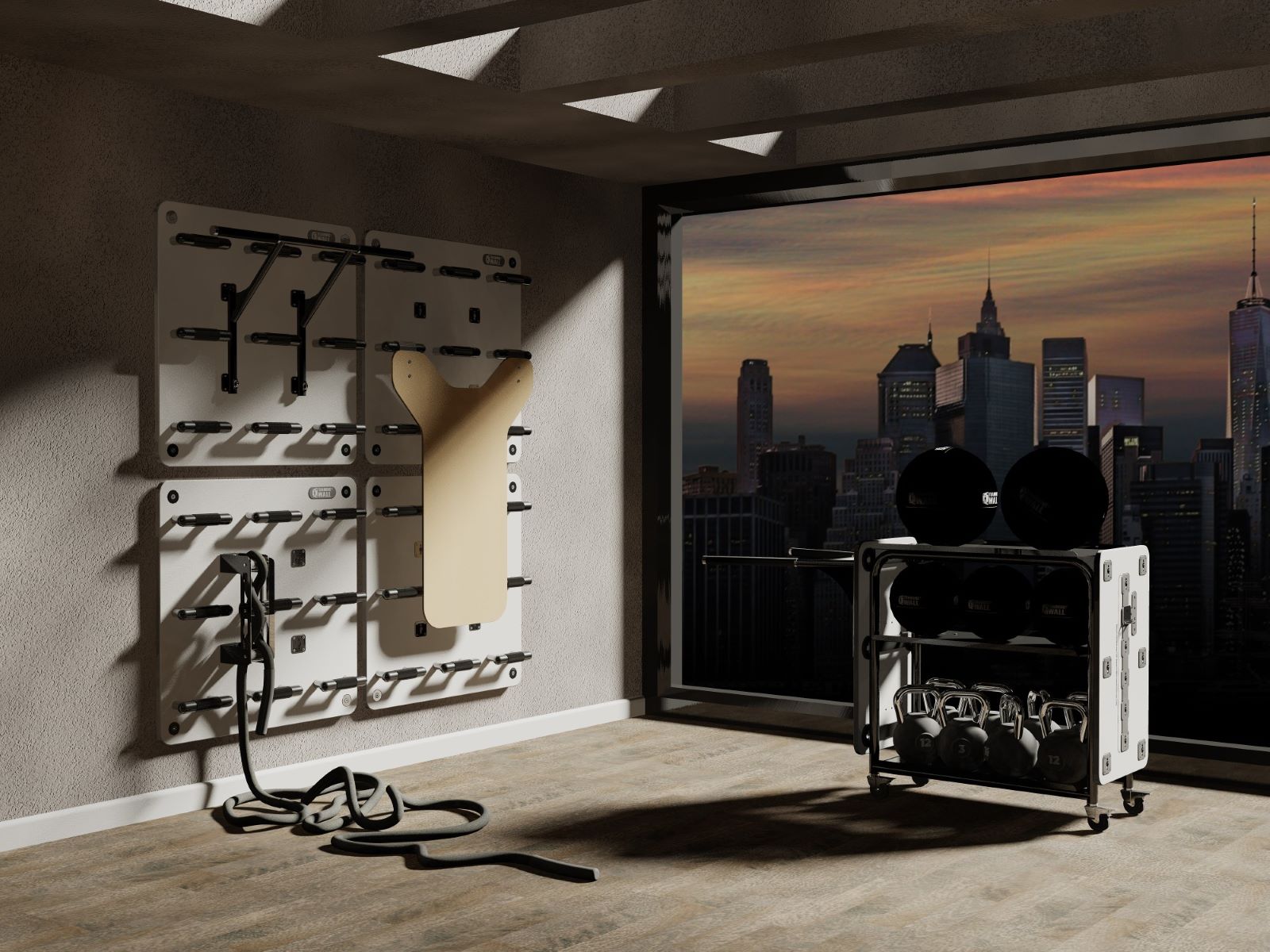
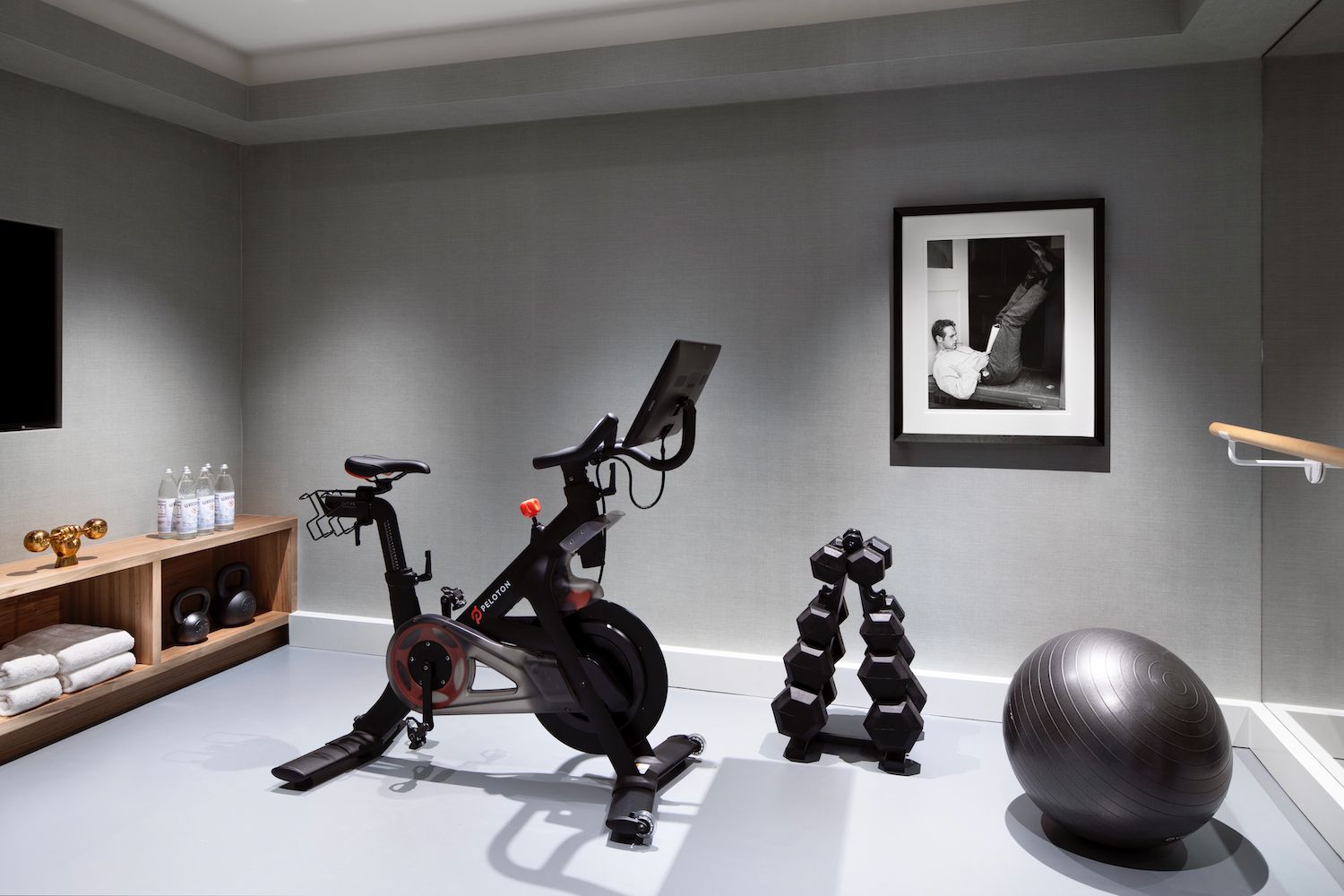
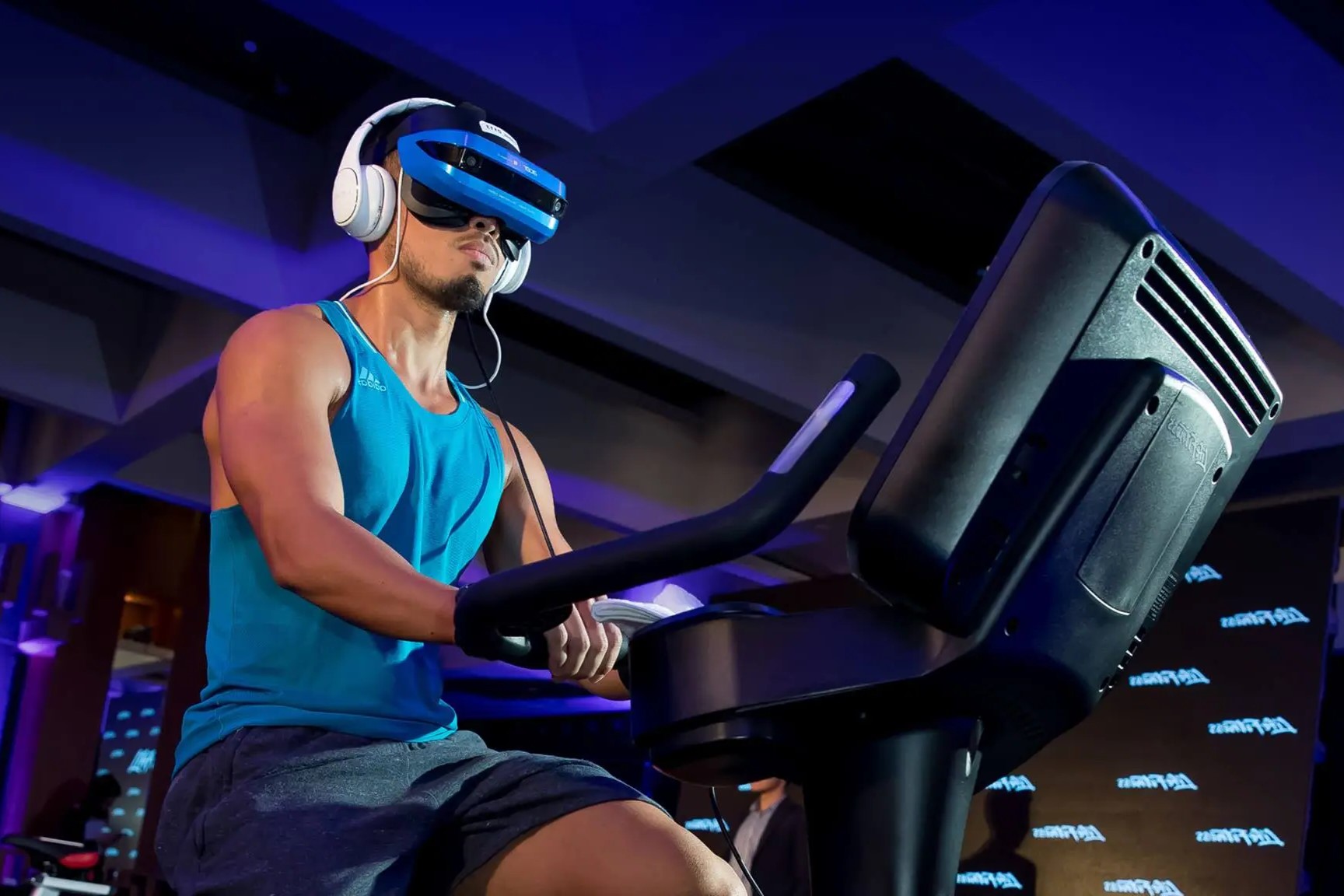
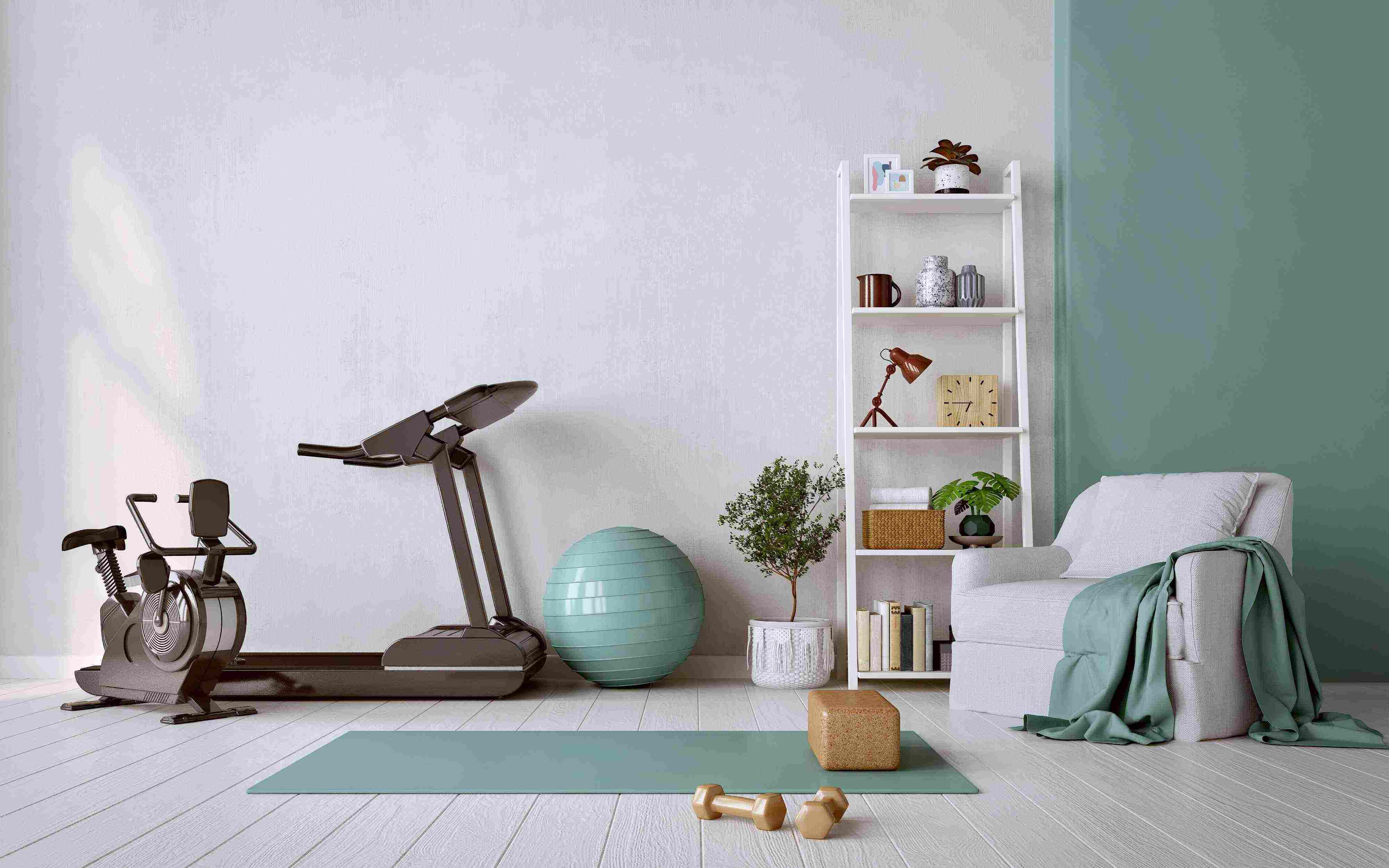
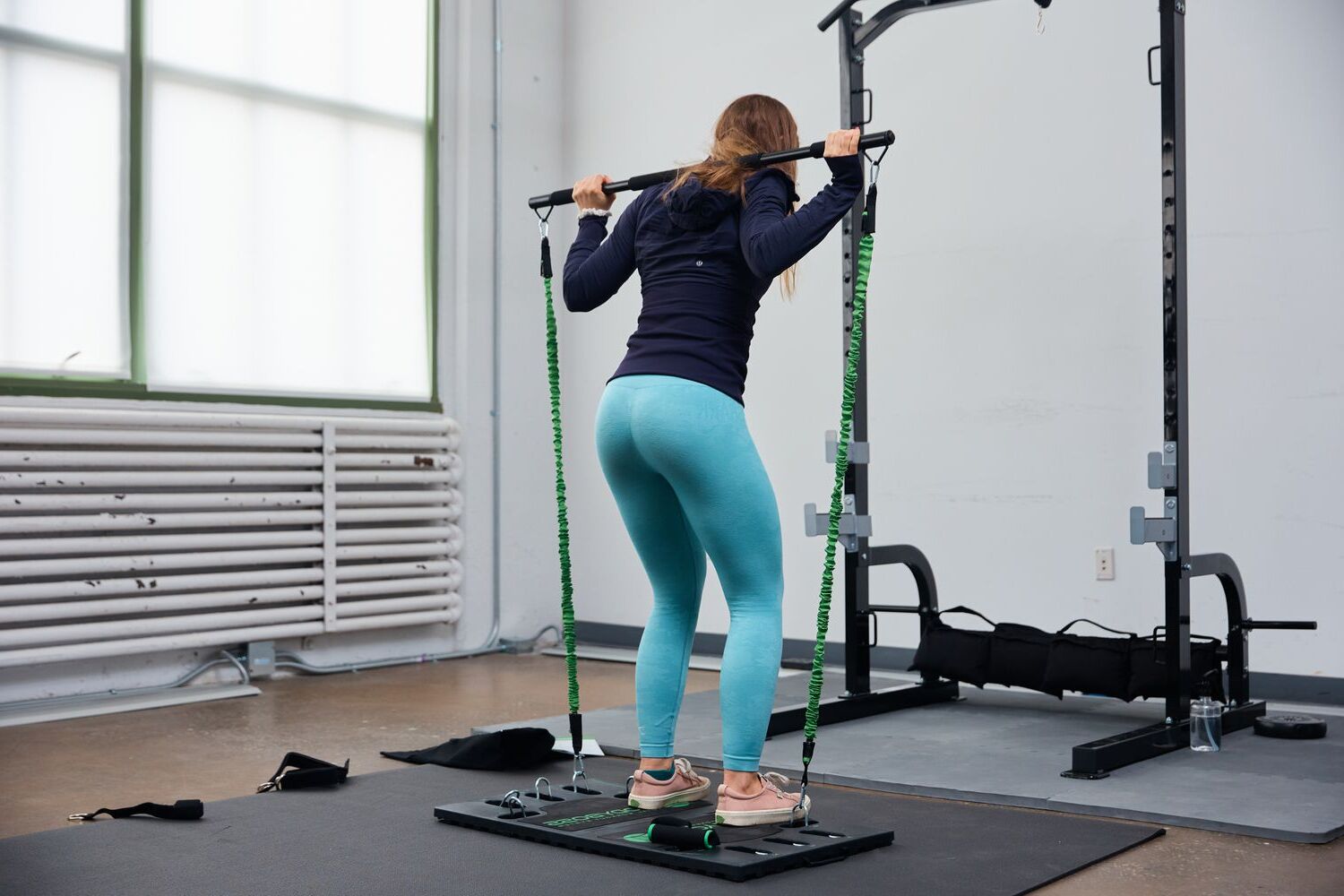

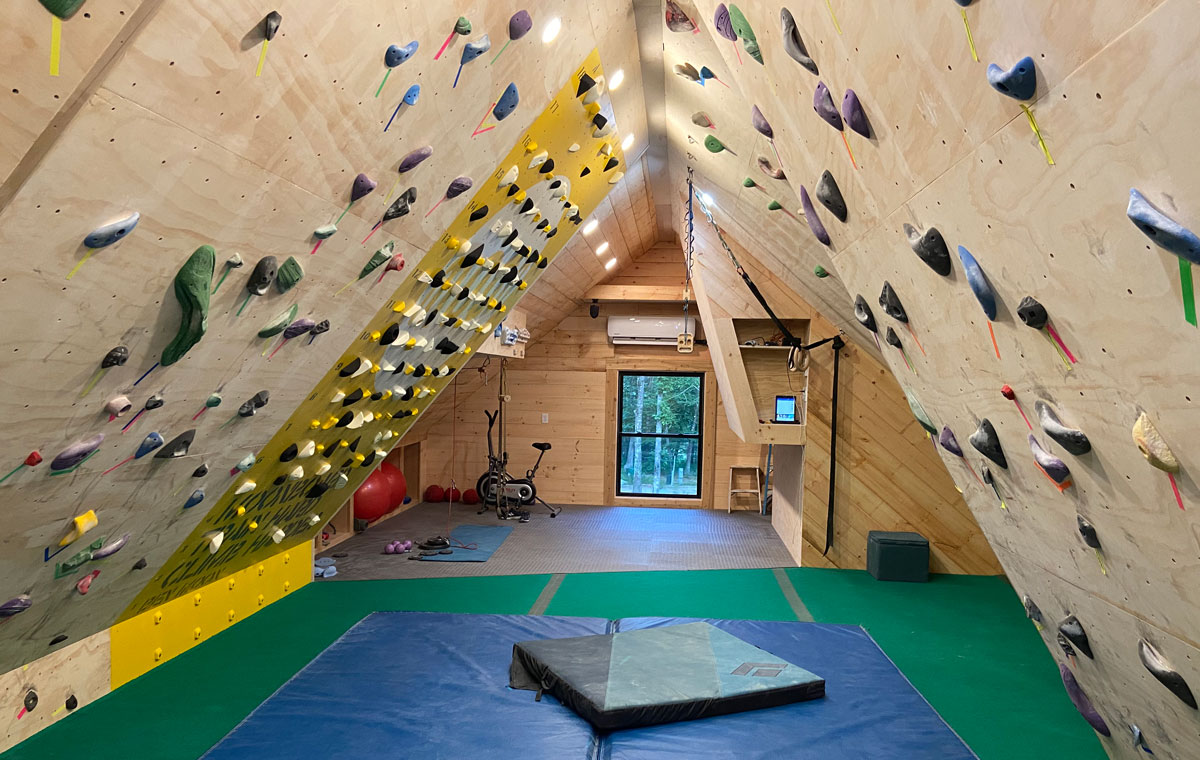
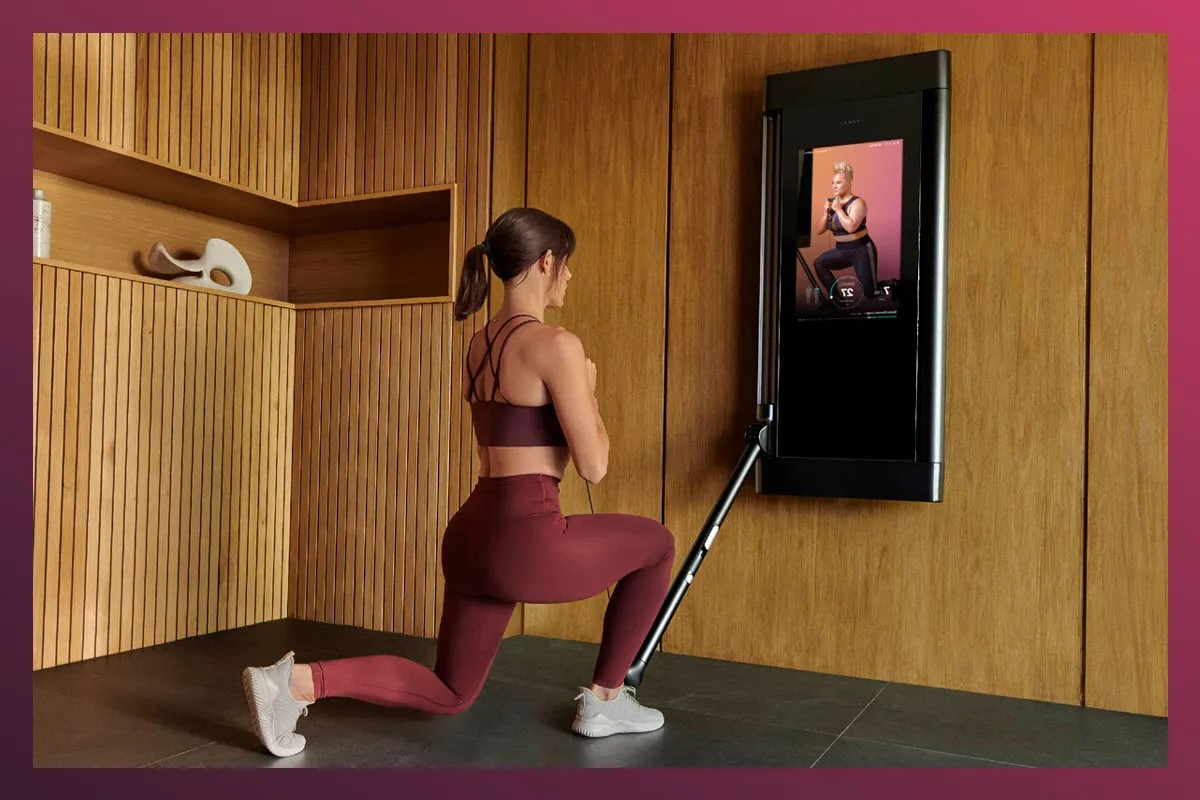
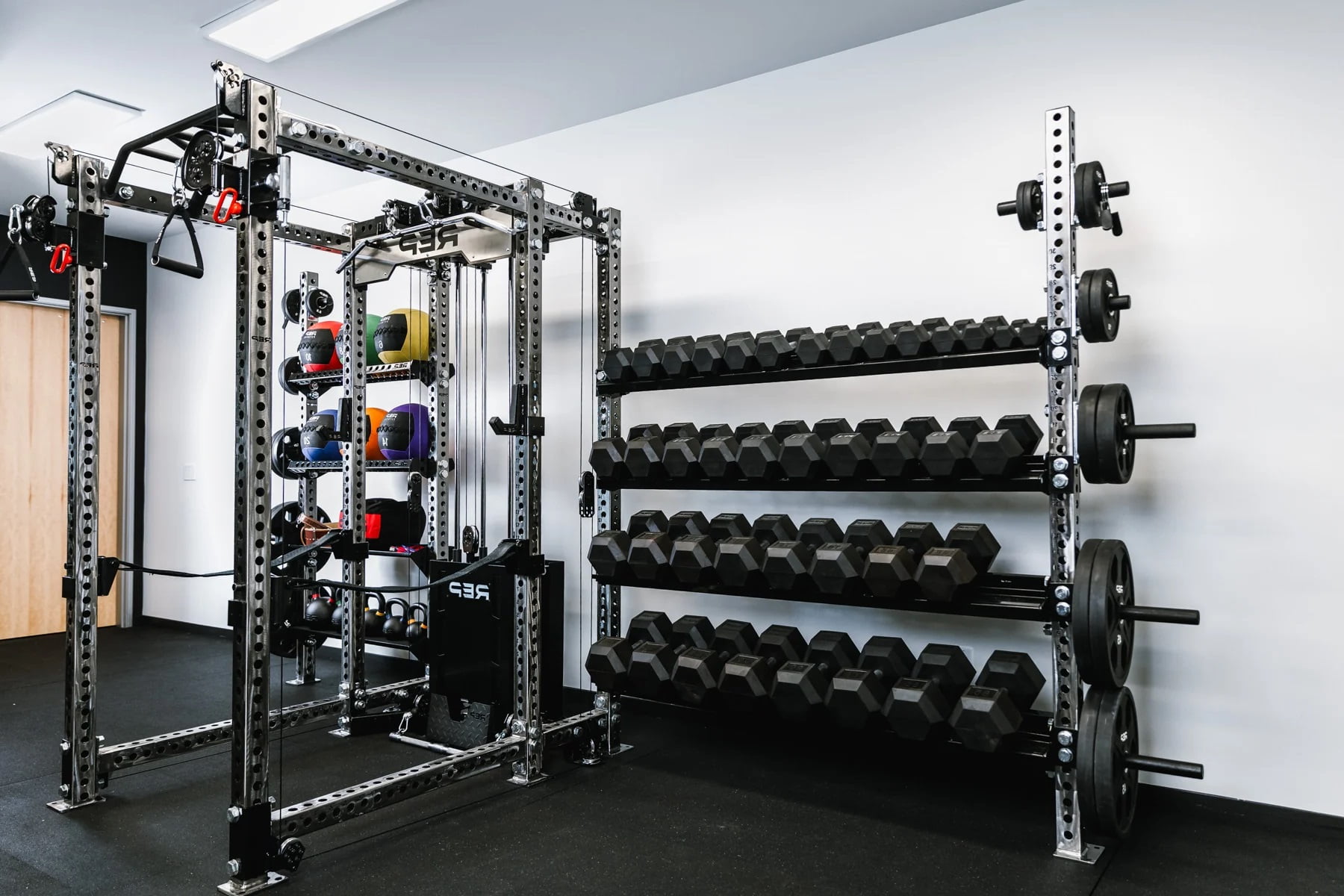
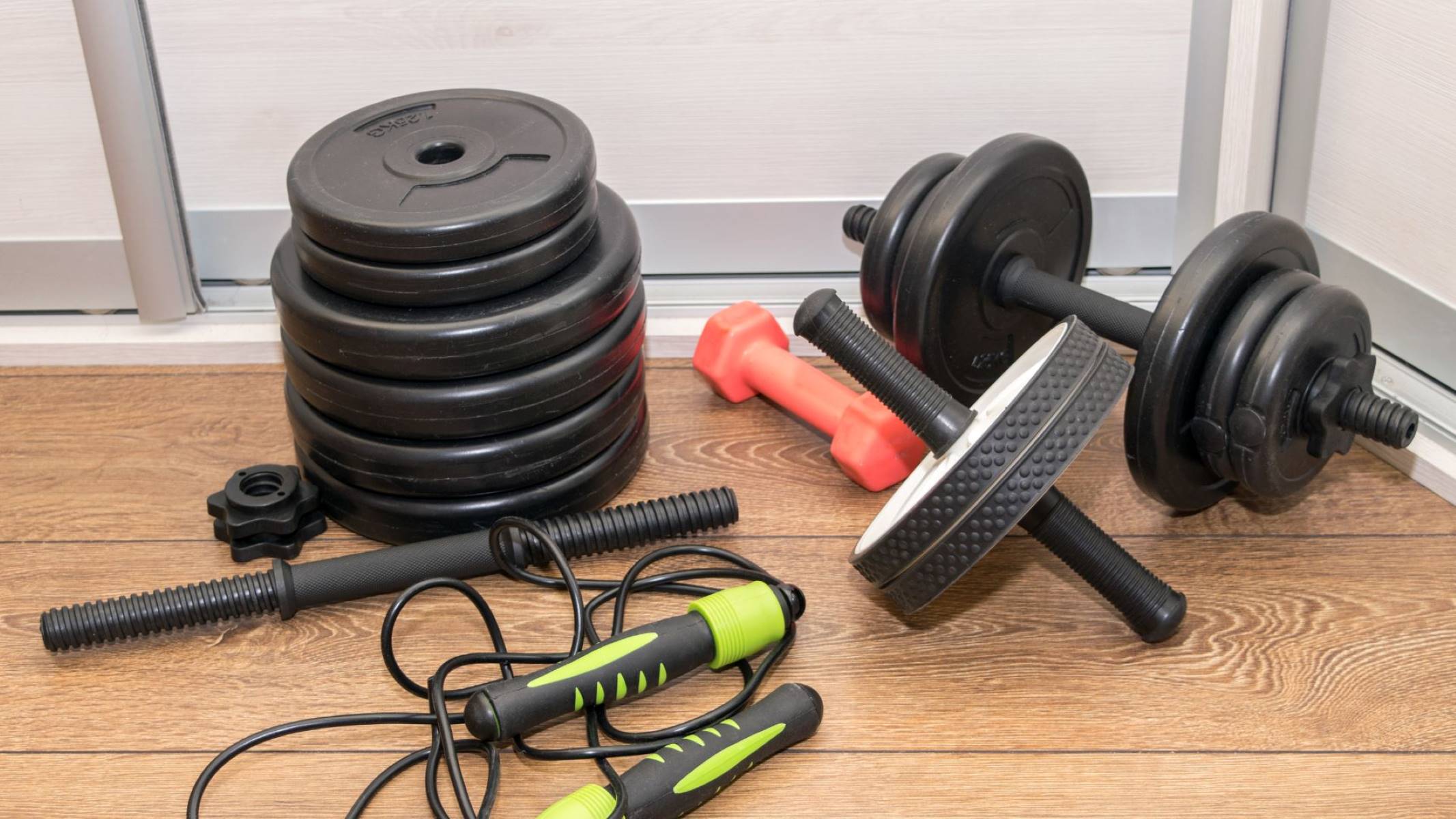
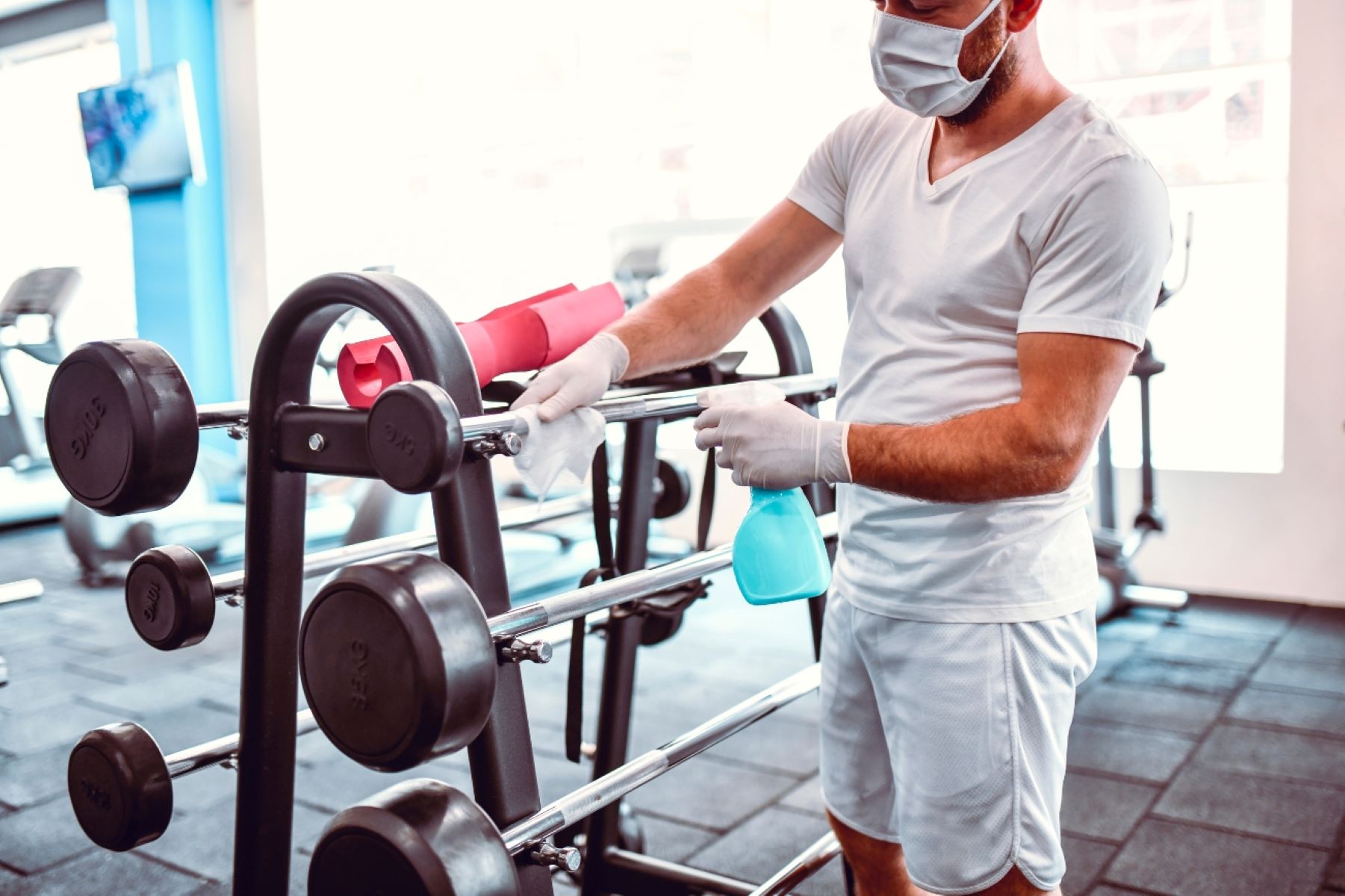

0 thoughts on “Creating A Home Gym That Fits Your Lifestyle”